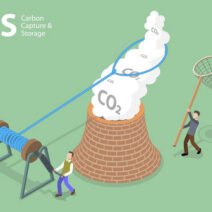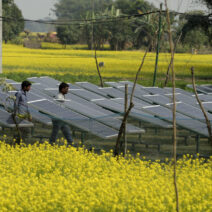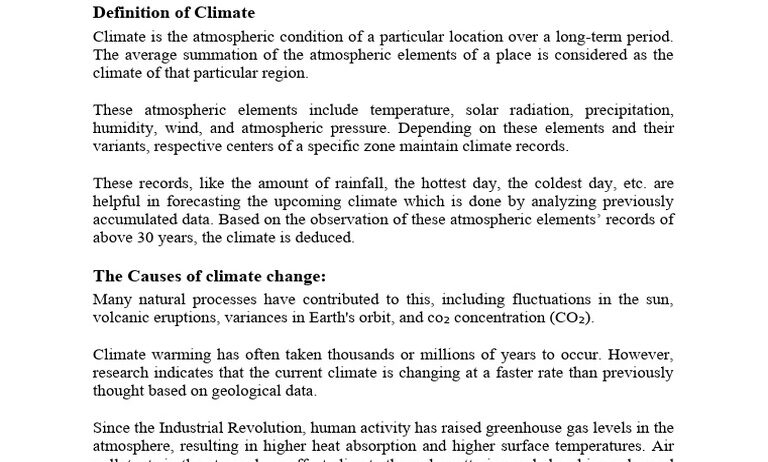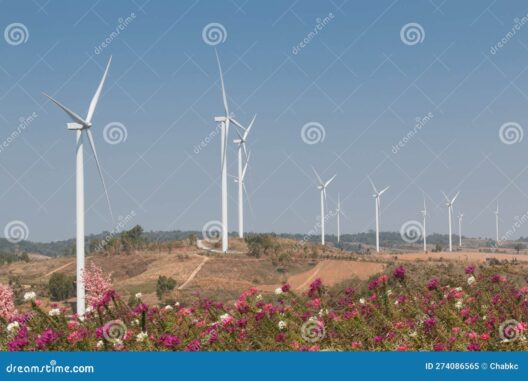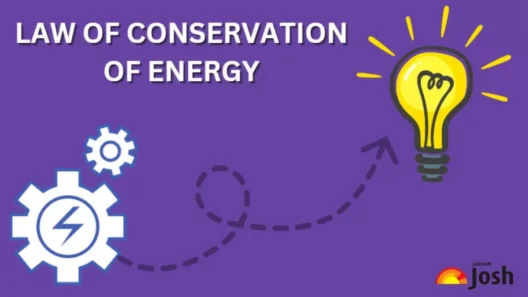Understanding meteorological phenomena can often feel like grasping at wisps of fog—elusive yet profoundly impactful. To navigate the intricacies of our atmosphere, one must distinguish between two fundamental concepts often mistakenly conflated: weather and climate. While they are inexorably linked in the narrative of Earth’s atmospheric tale, their characteristics, implications, and timescales diverge remarkably.
Weather can be likened to the song of a bird—the vibrant, ephemeral notes that flutter in and out of existence from moment to moment. It encompasses the day-to-day variations in atmospheric conditions, capturing transient phenomena such as temperature, humidity, precipitation, wind speed, and visibility. Imagine opening the window on a chilly morning to feel the brisk air or watching the clouds drift through a cerulean sky. These experiences are the manifestation of weather, ephemeral and often unpredictable.
Conversely, climate serves as the grand symphony of an orchestra, a harmonious amalgamation of weather patterns distilled over extended periods—typically measured across decades or even centuries. It represents the statistical aggregation of weather events, an enduring narrative that reveals the characteristics of a region over time. Rather than fleeting moments, climate embodies a tapestry woven from the threads of countless weather events, creating a holistic view of expected conditions.
To further elucidate this distinction, let’s explore the dynamics of both concepts through various prisms, including temporal context, geographical influence, and societal impact.
Temporal Context: The Timekeeper’s Dilemma
The most pronounced difference between weather and climate lies in their respective timescales. Weather is ephemeral—akin to a single dew drop that glistens in the morning sun before evaporating into the ether. It fluctuates dramatically within short periods and can change from one moment to the next. One day, the temperature might soar to sweltering heights, and the next, a squall could sweep through, dropping temperatures drastically. This immediacy often leads to confusion, particularly when extreme weather events challenge our expectations based on previous experiences.
In contrast, climate is the patient archivist. It curates data over years, decades, or even millennia, allowing us to discern patterns from the seemingly chaotic variability of weather. For instance, tropical regions are characterized by their hot and humid climate, but they still witness sporadic weather phenomena such as thunderstorms or cyclones. By studying climate, scientists can make predictions about future conditions, revealing what is typical for a particular region, thereby guiding agricultural practices, urban planning, and disaster preparedness.
Geographical Influence: The Stage is Set
Geography plays a crucial role in shaping both weather and climate. The intricacies of topography, proximity to oceans, altitude, and latitude all influence local and regional weather patterns. For example, coastal areas may experience milder and more stable weather compared to inland regions, where temperature swings can be quite dramatic. Mountains can create rain shadows, altering the distribution of moisture in the atmosphere, thus affecting both weather events and climate over time.
Climate classification allows us to categorize different regions based on their typical weather conditions. The Köppen Climate Classification System, for example, categorizes climates into five main types—tropical, dry, temperate, cold, and polar. Each of these types encapsulates unique weather phenomena that define the environment, flora, and fauna of that region. Understanding these geographical distinctions is essential for comprehending how climate change is transforming landscapes and societies around the globe.
Societal Impact: The Human Condition
Both weather and climate exert profound influences on human activities, economic systems, and cultural practices. Weather patterns dictate daily choices: what we wear, how we travel, and even our recreational activities are often attuned to the whims of the atmosphere. Severe weather events such as hurricanes or blizzards can disrupt daily life, prompting urgent responses from governmental and community organizations.
Meanwhile, climate shapes broader socio-economic trends and strategies. Agriculture is one of the most climate-sensitive sectors; crops are programmed to thrive in specific climatic conditions. As climate shifts, farmers must adapt, altering planting schedules or even transitioning to alternative crops. Climate affects water resources, biodiversity, and the health of ecosystems, all of which in turn influence human life. Thus, comprehending the distinction between climate and weather is not merely an academic exercise; it carries profound implications for survival and sustainability.
The Unfolding Tapestry: Bridging the Gap
As our world grapples with the realities of climate change, the line between weather and climate becomes increasingly critical to decipher. Extreme weather events—hurricanes intensified by warm oceanic currents, droughts exacerbated by rising temperatures—provide a vivid reminder of the interconnectedness of these two concepts. By understanding how climate informs our interpretation of daily weather, we can better equip ourselves for the future.
Ultimately, the interplay between weather and climate is a dance of intricate proportions, where each step influences the next. A deeper comprehension of their unique attributes not only enriches our knowledge of the natural world but also empowers us to take meaningful action in response to environmental changes. As the symphony of climate continues to play, attuning ourselves to its nuances will be essential in crafting a sustainable future for all.
